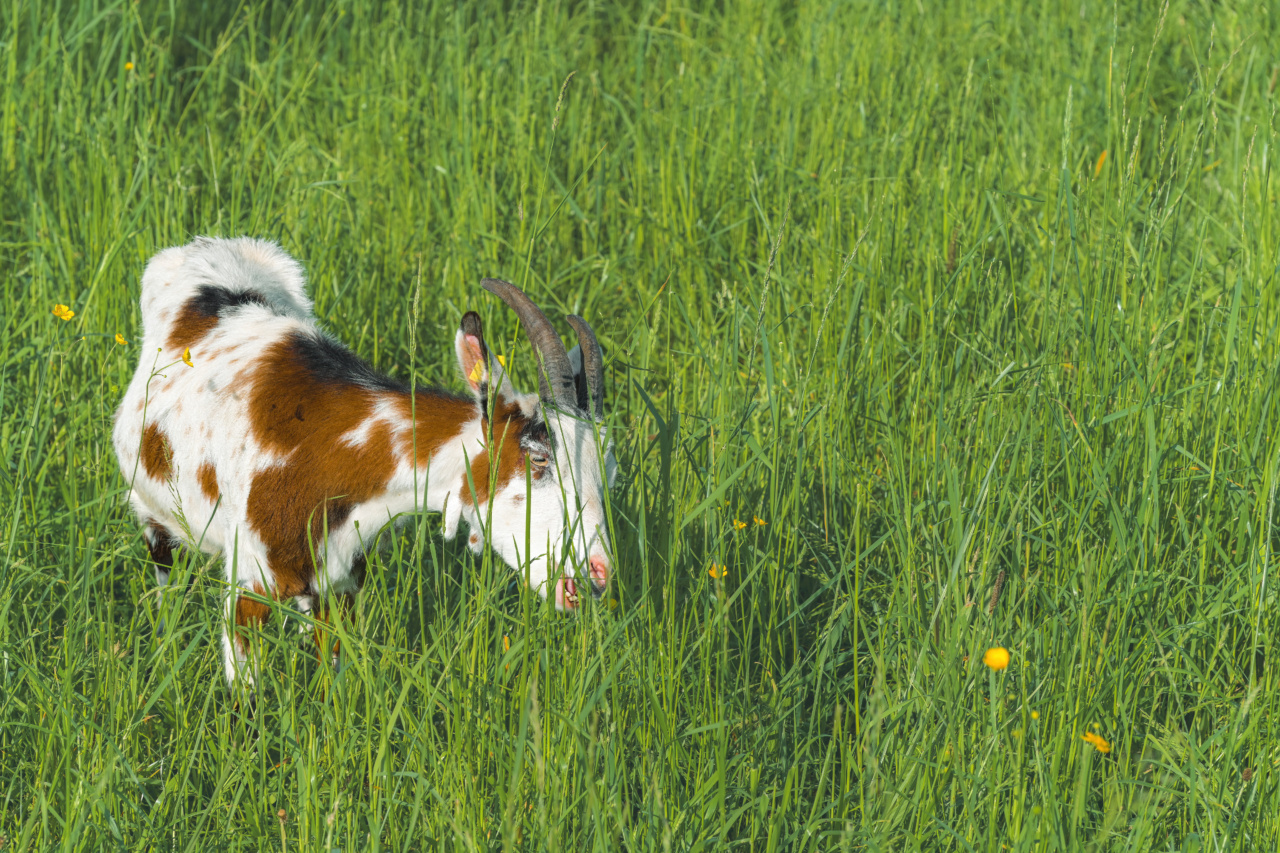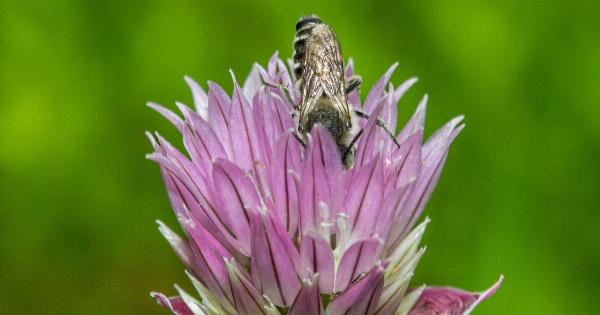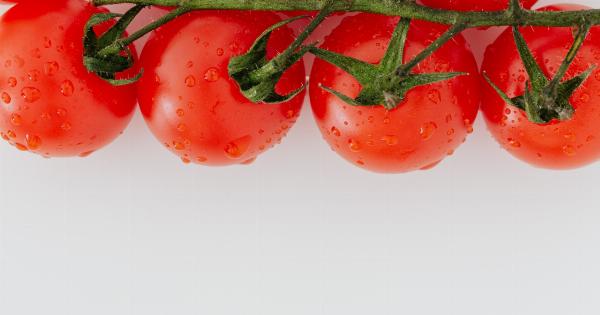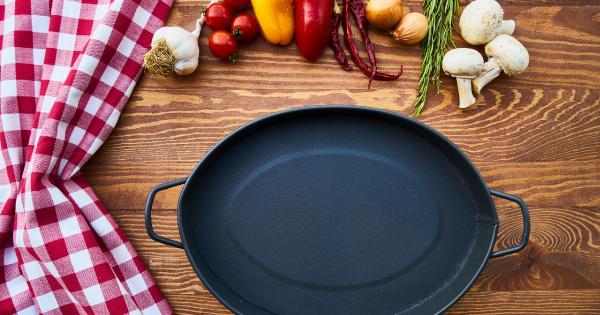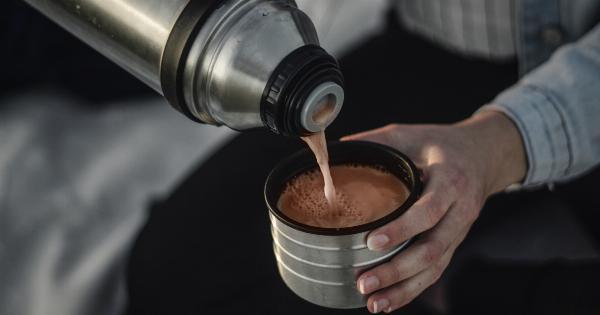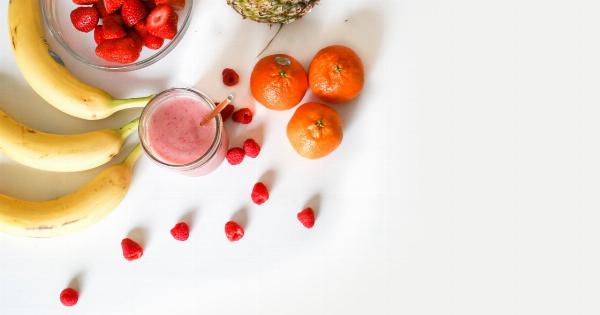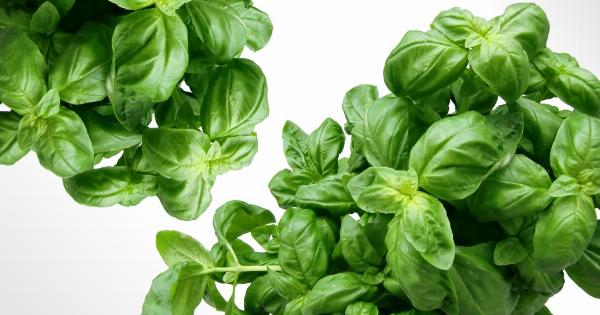Iron is an essential mineral that plays a critical role in our overall well-being. It is responsible for oxygen transport, energy production, and ensuring a healthy immune system.
While meat and seafood are often touted as primary sources of iron, plant-based eaters have plenty of options to ensure they meet their iron needs too. In fact, many plant-based foods are rich in iron, making it easy to maintain optimal iron levels on a vegan or vegetarian diet. Let’s explore some of these iron-boosting plant-based eats!.
Leafy Green Vegetables
Leafy greens like spinach, kale, and Swiss chard are not only packed with vitamins and minerals but also contain high amounts of iron.
In fact, one cup of cooked spinach provides about 6.4 mg of iron, which is roughly 35% of the recommended daily intake for adult men and 18% for adult women. Incorporating these leafy greens into your meals is a fantastic way to increase your iron intake.
Legumes and Beans
Legumes and beans are another excellent source of iron for plant-based eaters. Foods such as lentils, chickpeas, and black beans offer a substantial amount of iron, as well as being a great source of protein and fiber.
For instance, one cup of cooked lentils provides around 6.6 mg of iron. Including legumes and beans in your diet can help ensure you’re meeting your daily iron requirements.
Tofu
Tofu, made from soybeans, is a versatile and nutrient-packed food. Not only is it a valuable source of protein, but it also contains iron. Incorporating tofu into your meals can help you increase your iron levels.
Additionally, tofu is also a good source of calcium and vitamin E.
Nuts and Seeds
Nuts and seeds, such as almonds, cashews, and pumpkin seeds, offer a range of health benefits, and they are a great source of iron. Snacking on a handful of these iron-rich treats can help boost your iron intake.
For example, an ounce of pumpkin seeds contains around 4.2 mg of iron. Including nuts and seeds in your diet can be a delicious and nutritious way to ensure you’re meeting your iron requirements.
Whole Grains
Whole grains like quinoa, brown rice, and oats are not only packed with fiber and nutrients but are also a good source of iron. These grains can be easily incorporated into your meals and provide a substantial amount of iron.
For instance, one cup of cooked quinoa contains about 2.8 mg of iron. Opting for whole grains can help ensure you’re getting the iron you need.
Dried Fruits
Dried fruits, such as raisins, apricots, and prunes, are a convenient and delicious way to boost your iron intake. These fruits are high in vitamins, minerals, and iron. For example, 100 grams of dried apricots contain around 2.7 mg of iron.
Enjoying dried fruits as a snack or adding them to your meals can contribute to meeting your daily iron requirements.
Dark Chocolate
Yes, you read it right! Dark chocolate is not only a tasty treat but also contains a decent amount of iron. Opt for dark chocolate with a high cocoa content to ensure you’re getting the most iron out of your indulgence.
A 100-gram serving of dark chocolate with around 70-85% cocoa solids contains approximately 11.9 mg of iron.
Fortified Foods
Fortified foods, such as cereals, bread, and plant-based milk, are enriched with various vitamins and minerals, including iron. These fortified products are a convenient way for plant-based eaters to ensure they’re meeting their iron needs.
Check the labels to find the ones fortified with iron, and incorporate them into your diet for an added iron boost.
Combining Iron-Rich Foods with Vitamin C
Vitamin C aids in iron absorption, so pairing iron-rich foods with those high in vitamin C can further enhance iron absorption.
For instance, squeeze lemon juice over your cooked leafy greens or add bell peppers to your lentil stew to maximize iron absorption. Including vitamin C-rich foods in your diet along with iron-rich foods can optimize your iron intake.
Cooking Tips for Maximizing Iron Absorption
While it’s important to consume iron-rich foods, it’s also essential to ensure your body can absorb the iron efficiently. Here are some cooking tips to maximize iron absorption:.
1. Soak legumes and beans before cooking to reduce phytates, which can inhibit iron absorption.
2. Cook vegetables lightly to retain their iron content.
3. Avoid pairing iron-rich foods with calcium-rich foods as calcium can hinder iron absorption.
4. Pair iron-rich foods with vitamin C-rich foods, as mentioned earlier, to enhance iron absorption.
Conclusion
As a plant-based eater, meeting your iron needs doesn’t have to be a challenge.
Incorporating iron-rich foods like leafy green vegetables, legumes, tofu, nuts, seeds, whole grains, dried fruits, and even dark chocolate can help ensure you maintain optimal iron levels. Don’t forget to pair these foods with vitamin C-rich choices to enhance iron absorption. By making these small adjustments and being mindful of your iron intake, you can thrive on a plant-based diet!.
